Autumn is a season of change. The air feels cooler, the days shorten and life begins to slow down. But seasonal change in the natural world is a magical thing. There is so much to see and discover as we transition into winter.
Autumn is filled with wildlife spectacles and natural wonders. So here’s your guide on what to look out for during autumn in the UK.
Autumn leaves
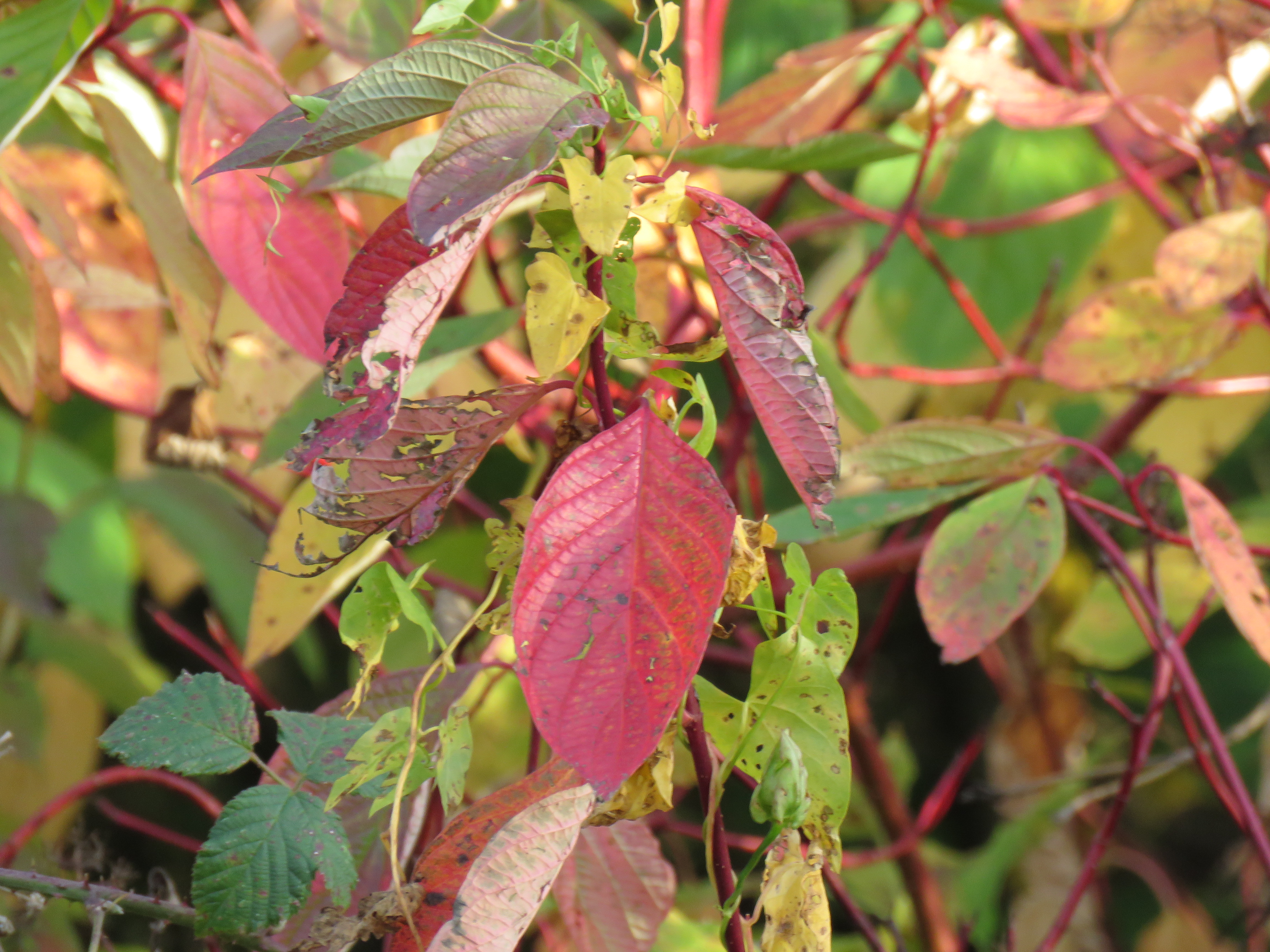

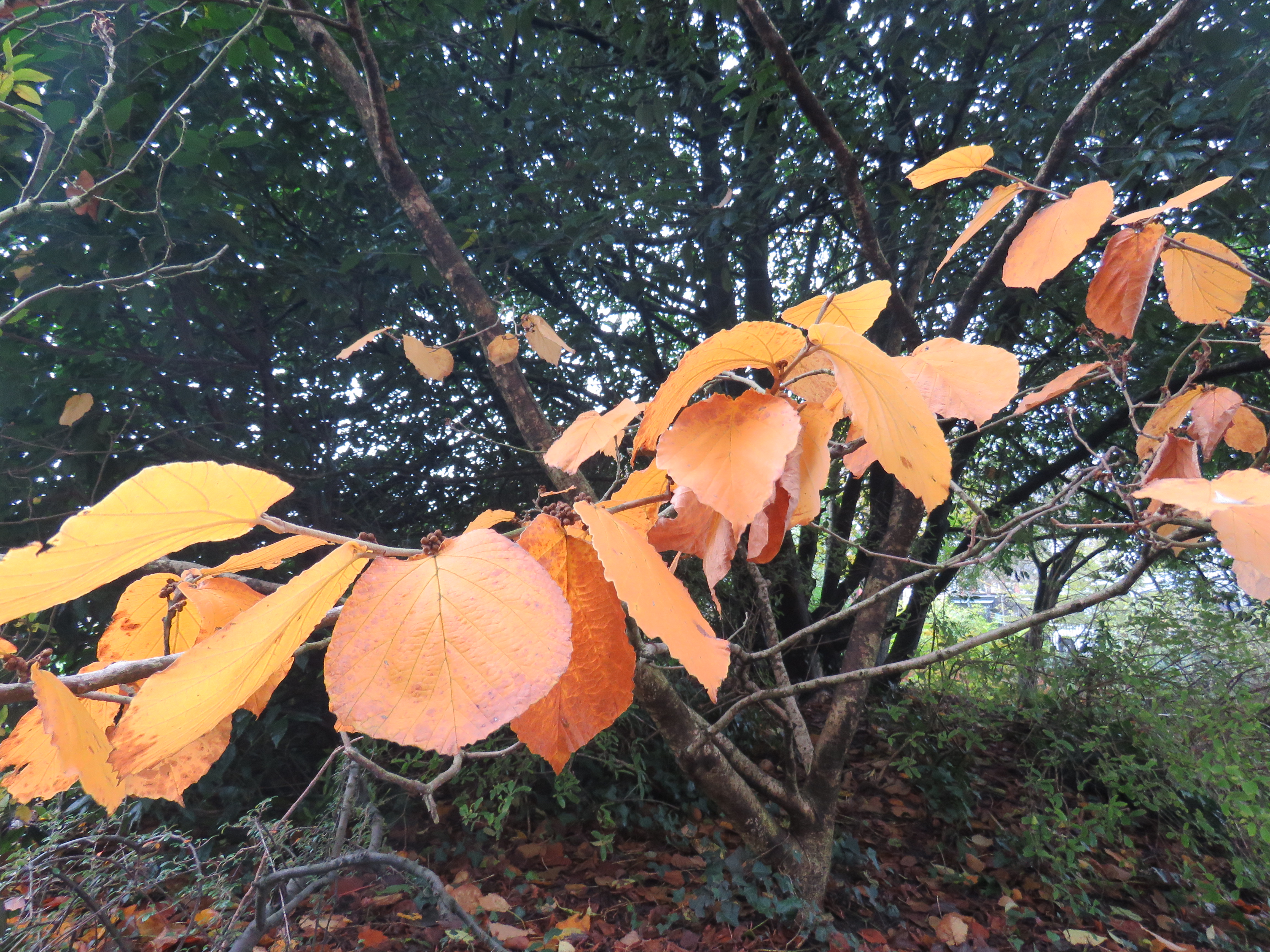
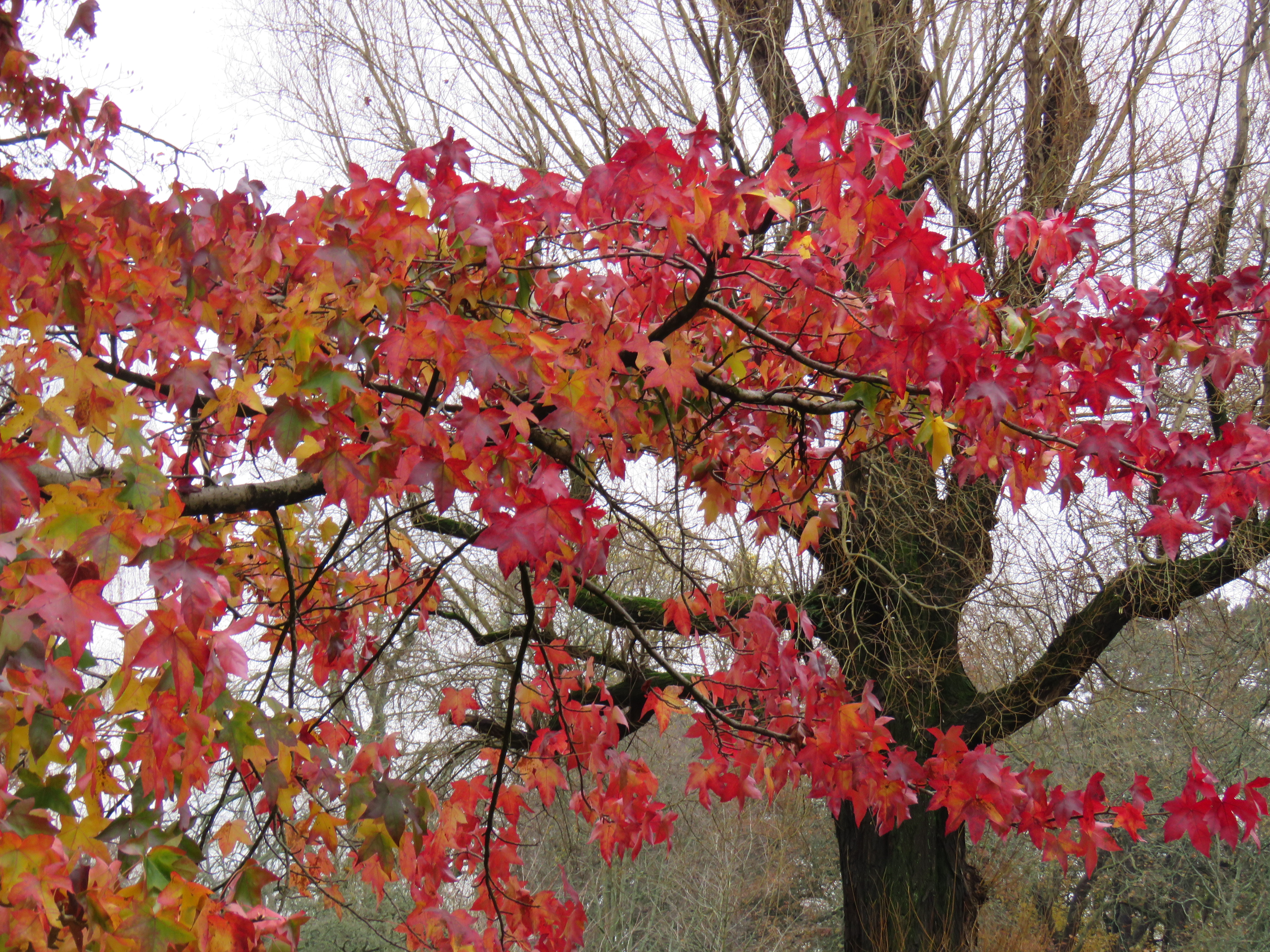
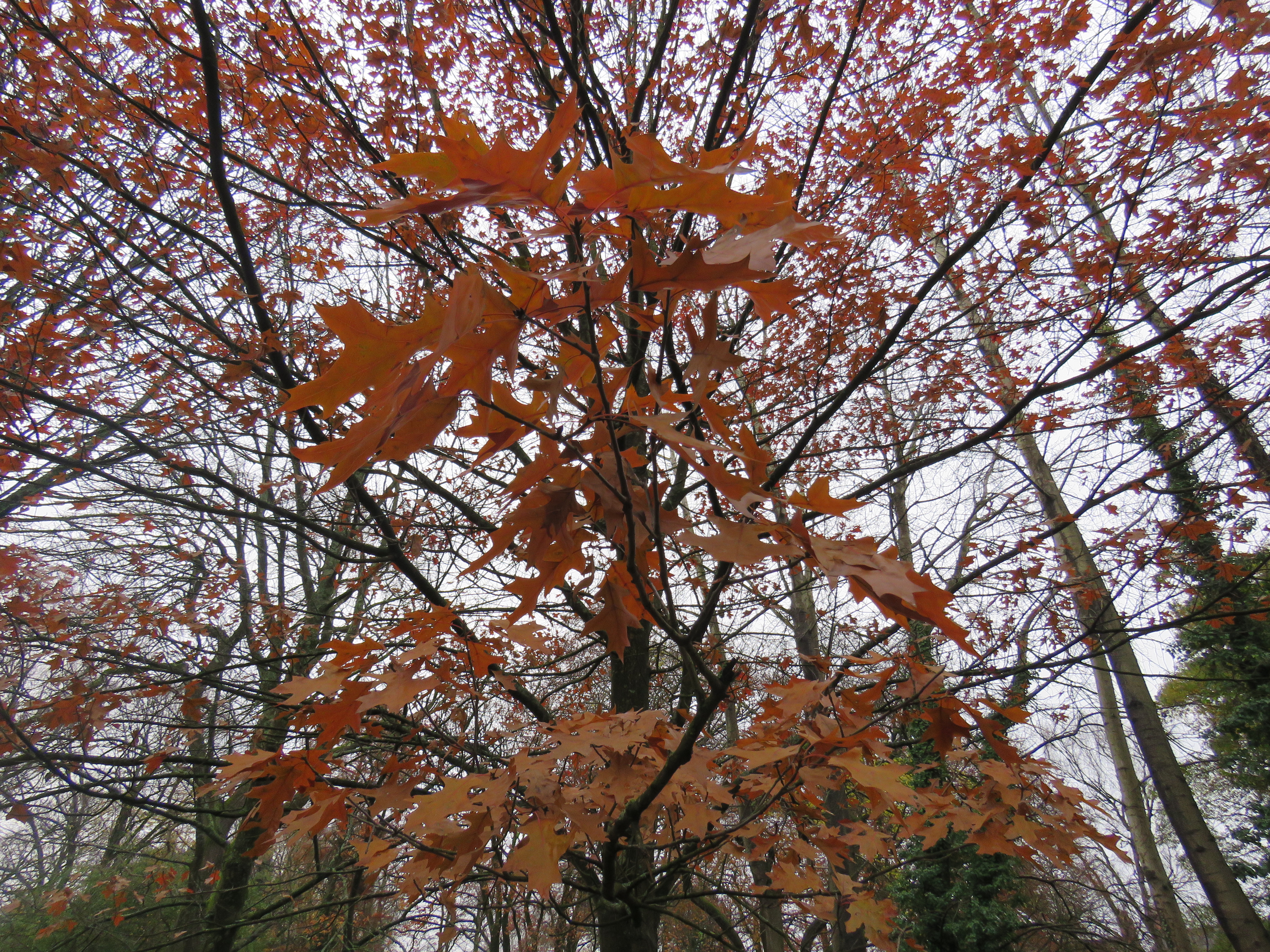
The vibrant artistic colours are the ultimate symbol and siginifier of autumn. With the end of summer, our deciduous trees withdraw nutrients from their leaves. Then chlorophyll (that makes leaves green) breaks down revealing other colours in the leaf. As temperatures drop, the leaf’s connection to the branch breaks and the leaf dies. Autumn winds then sweep the leaves from the trees ready for winter.
Aspen, beech, dogwood, field maple, silver birch, rowan and hawthorn are all native trees that boast stunning colours in autumn. Beech and birch forests are particularly stunning at this time of year. Go for a walk in the woods to get the most out of these beautiful displays. Arboretums are also great places to see autumn colour.
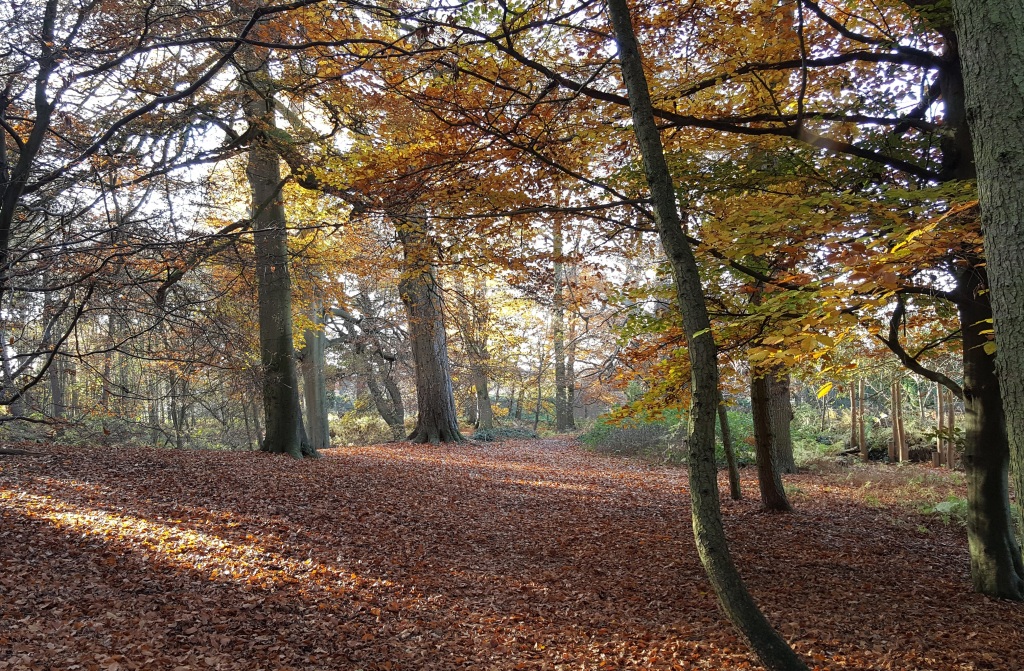
Migrant birds
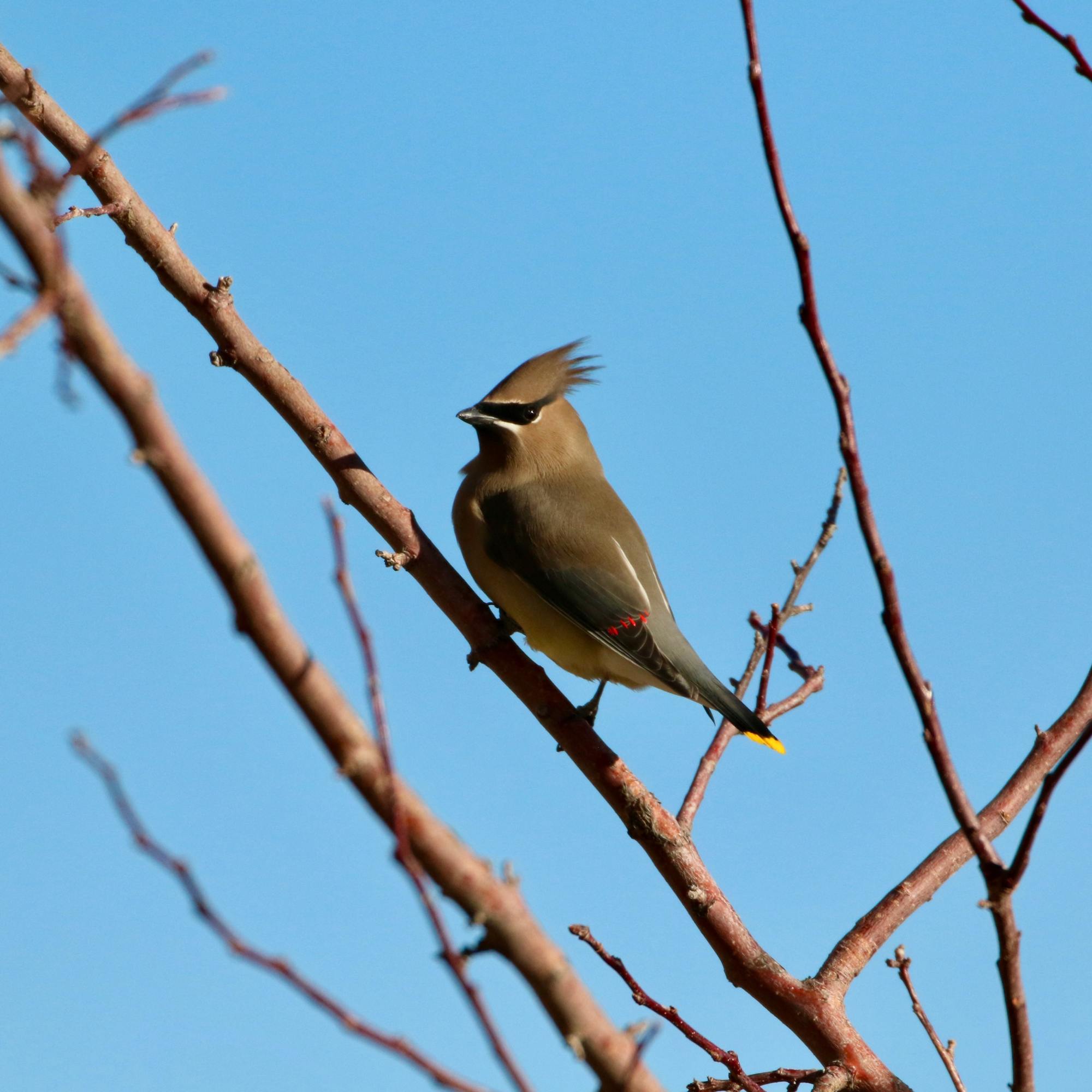
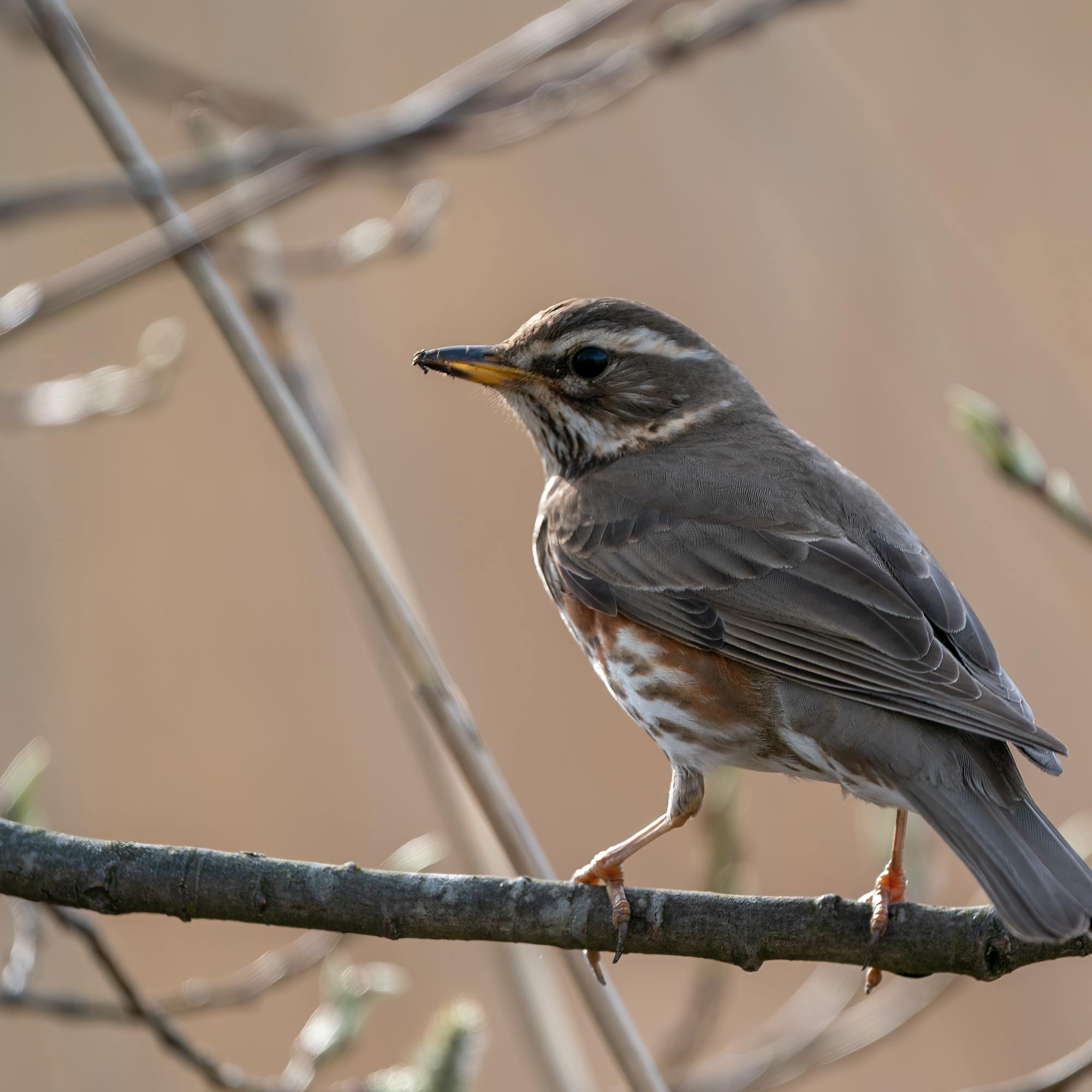
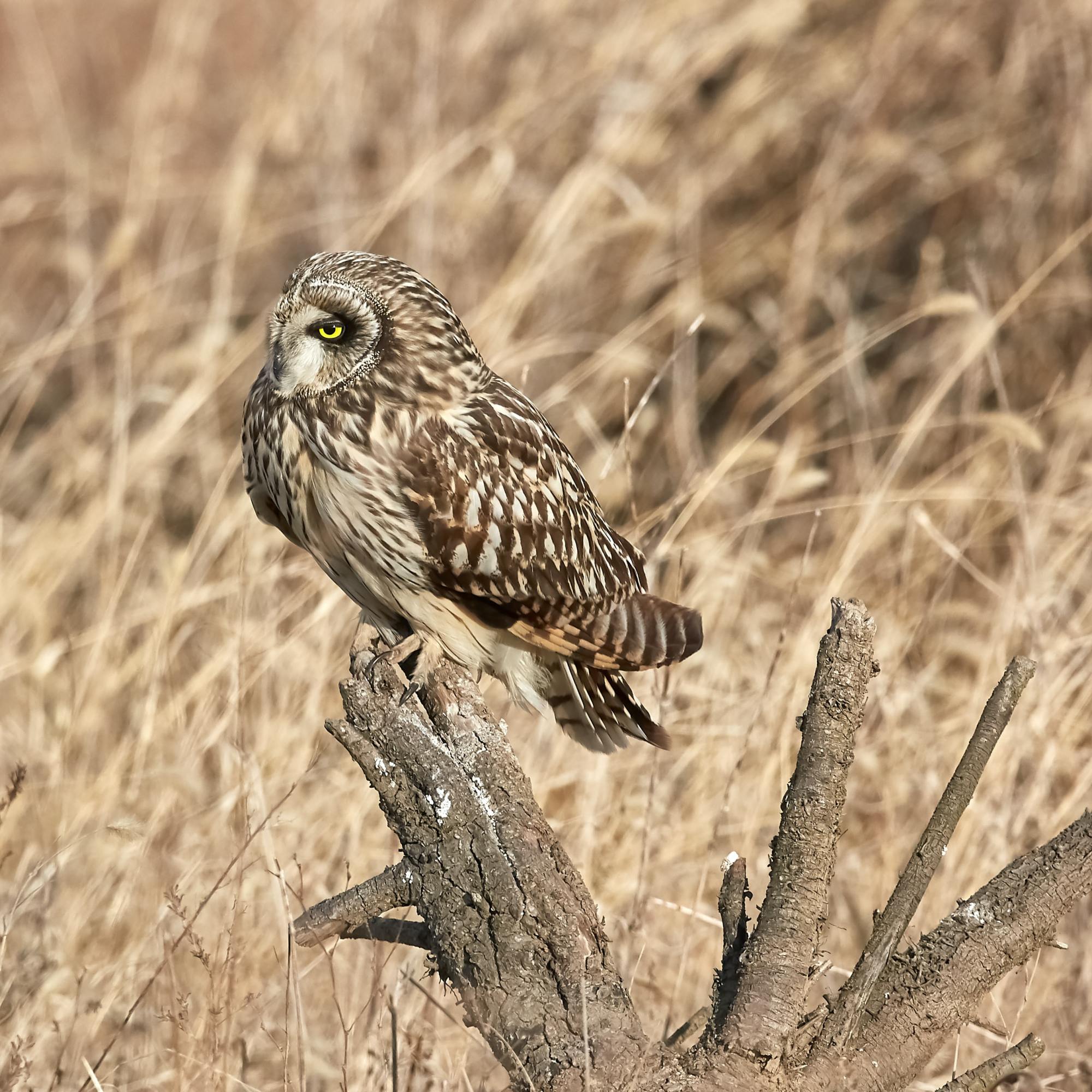

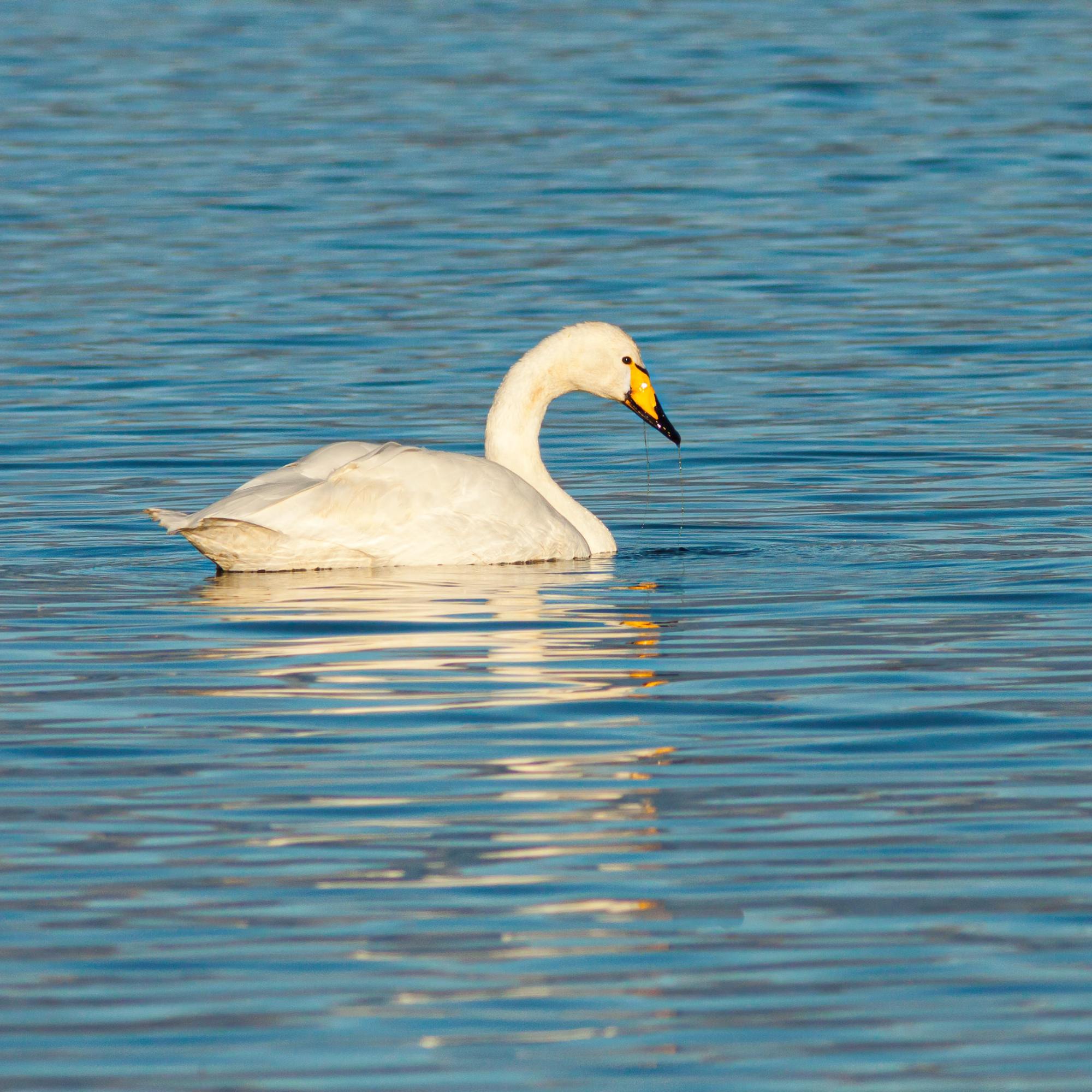
Photos from Unsplash
At this time of year thousands of birds descend on our small island to feast or overwinter in our milder weather. From small bramblings to large whooper swans (bottom left photo), there’s a huge diversity of birds that visit our shores.
Most migrants are waterfowl who find shelter often in huge numbers in our wetlands, especially in Norfolk. Flocks of fieldfare, redwings (top right photo) and bramblings also flood our countryside and sometimes urban spaces too. Look for birds, such as waxwings (top left photo) eating berries in our hedges and trees.
Follow WaxwingsUK on Twitter to see where waxwings have most recently been sighted. If you sign up to eBird, you can set up alerts of bird sightings in your area. Remember to record your own sightings to help fellow birdwatchers also looking for autumn migrants.
Nature’s bounty
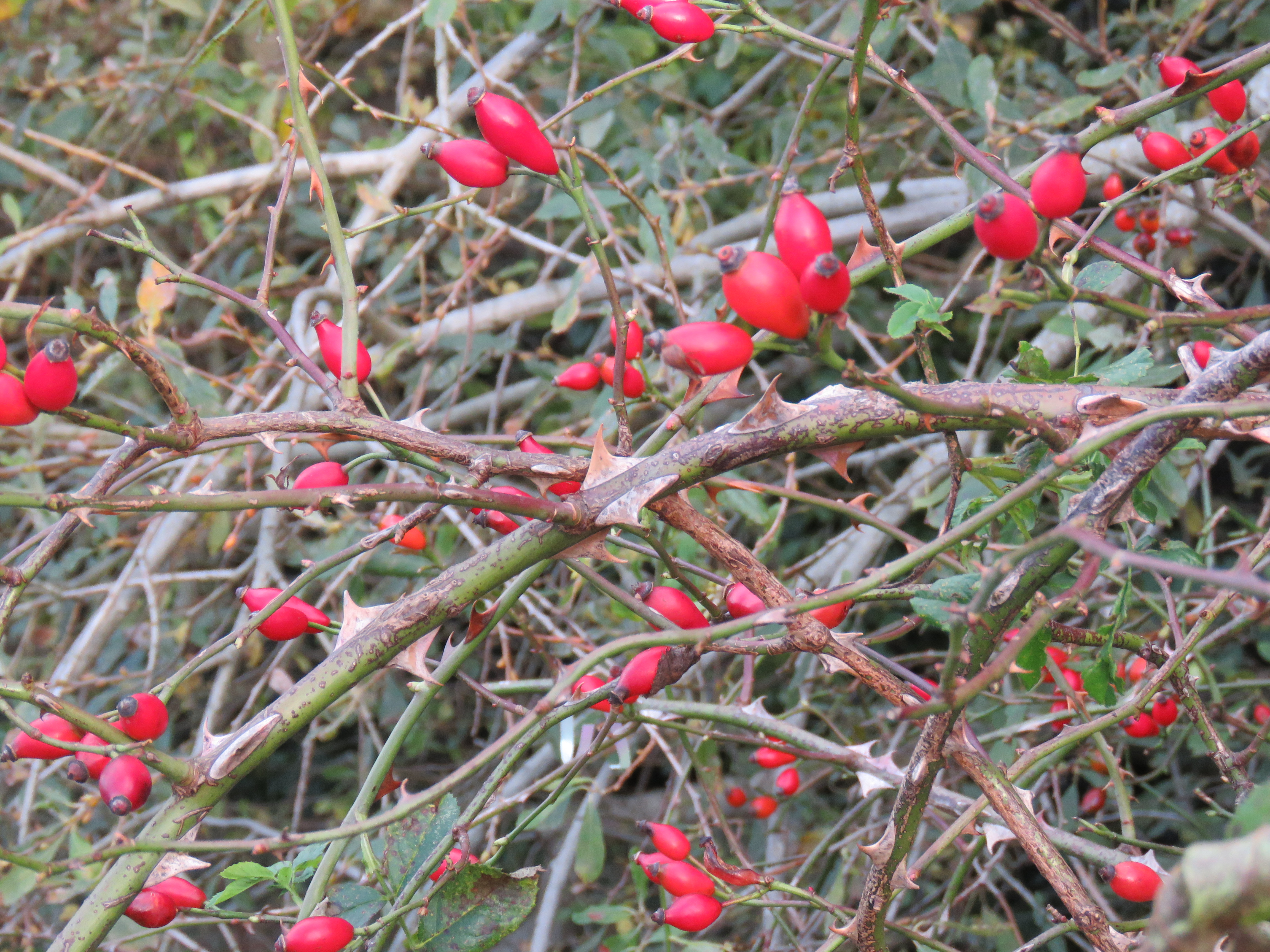

Many shrubs and trees share fruit and berries in autumn to spread seeds in time for winter frosts. Wildlife, such as the migrant birds, eat their bounty and disperse their seeds far and wide. Guelder rose, wayfaring tree and rowans provide bright bunches of red berries. Crab apple trees feature yellow/green fruits that ripen in autumn. Blackthorn trees share dark blue sloe berries.
Every few years certain tree species have a ‘mast’ year. Mast years are when trees offer an overload of their fruits or nuts. This ensures enough of the crop survive being eaten to grow into saplings. You may have noticed an abundance of acorns this autumn. That’s because 2020 is a mast year for oaks. With two large oak trees in our garden we’ve noticed, our garden is drowning in acorns!
Hoarders

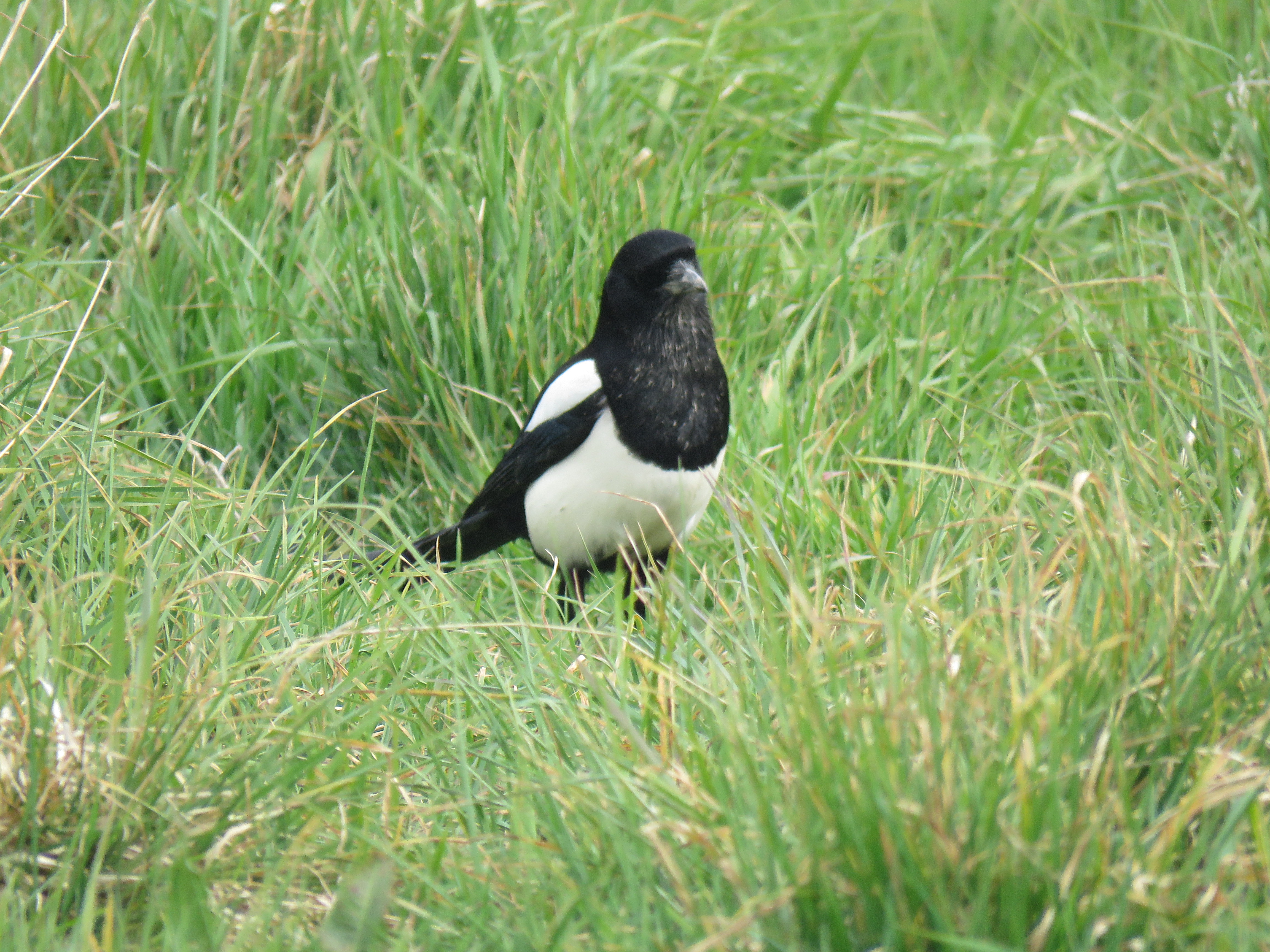
Some species prepare for winter by gathering nuts and burying them. They create caches they can return to throughout winter when food is scarce. This means these species are super active in autumn making it more likely you’ll see them. Squirrels, jays, and magpies all hoard for winter.
This hoarding behaviour is actually vital for our ecosystems. Many of the acorns and other nuts get lost or forgotten about. This means they stay buried ready to grow in spring!
Prepping for hibernation
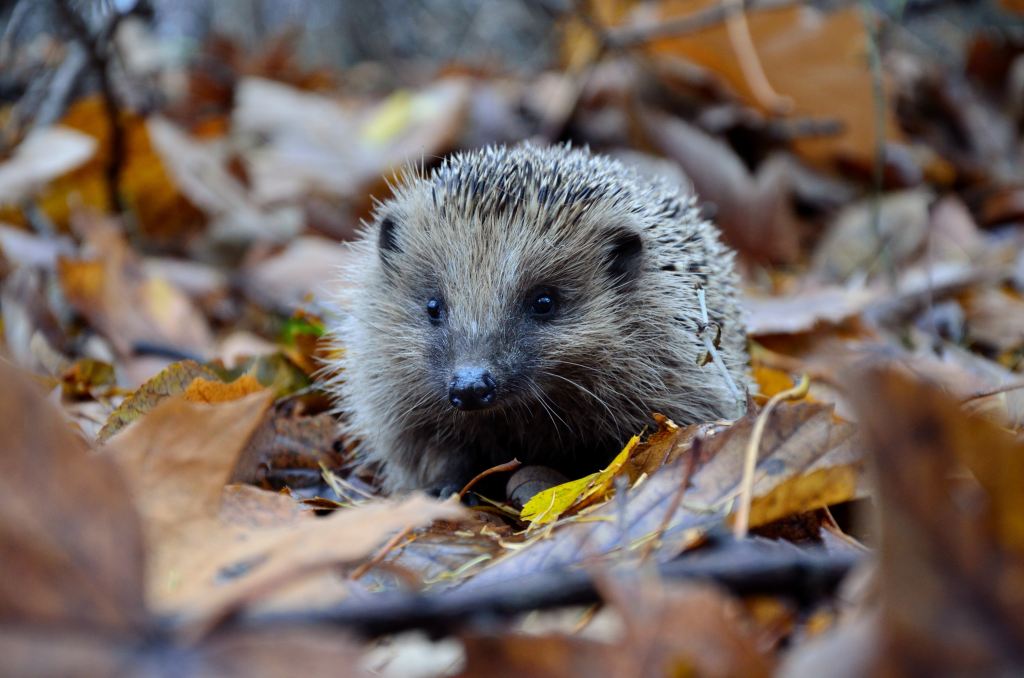
For many species, autumn is about stocking up on fat reserves and finding a good place to hibernate over winter. This means many animals are on the move and you might see them in places you wouldn’t expect.
Hedgehogs, bats and dormice are the only mammals that hibernate. Newts, frogs and toads often hibernate under logs, stones, piles of leaves or compost heaps. Reptiles seek out a hibernaculum (a hole to shelter in) to spend winter in brumation (the reptile version of hibernating).
If you keep your eyes peeled you might spot caterpillars looking for places to shelter. Some butterflies such as small tortoiseshell and peacocks find a nice dry spot to settle into diapause (when insects become dormant). They often do this in garages or garden sheds so make sure not to disturb them!
If you are celebrating Guy Fawkes’ Night with a bonfire please make sure to check it for sheltering wildlife before setting it alight. Hedgehogs, amphibians, reptiles and even rabbits are known to hide away in bonfires.
Rutting season
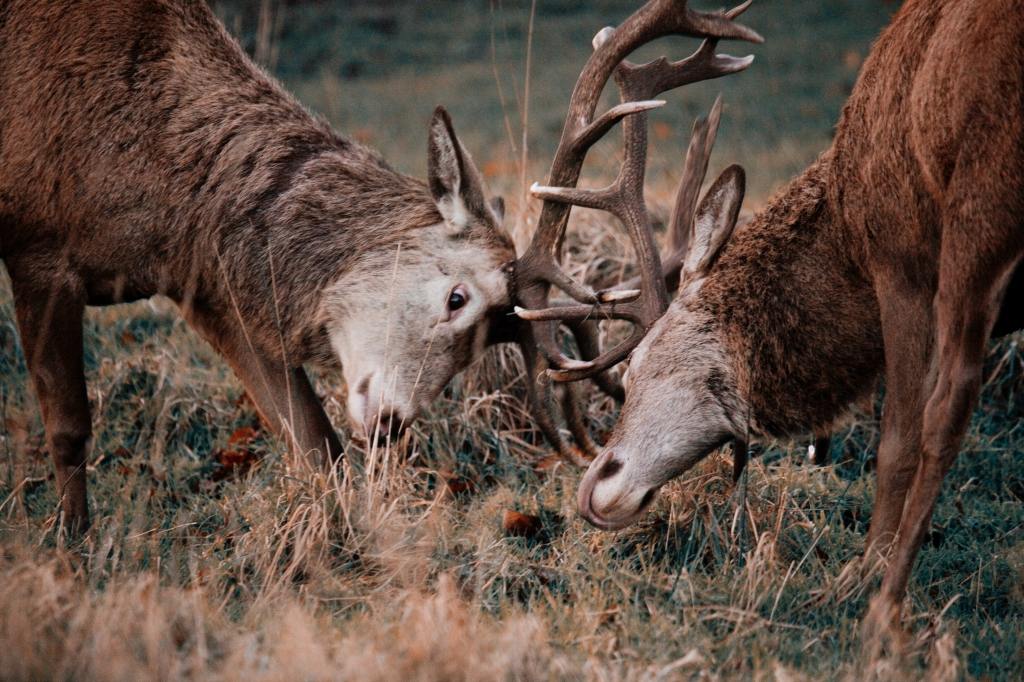
Every autumn red deer gather for the mating season. Stags round up their hinds and bellow out challenges to each other. For the biggest and the bravest stags this can lead to physical combat. It’s a dramatic sight, antlers locking in a noisy tussle of strength and endurance. The National Trust has several sites where you can see this wild spectacle.
Fungi
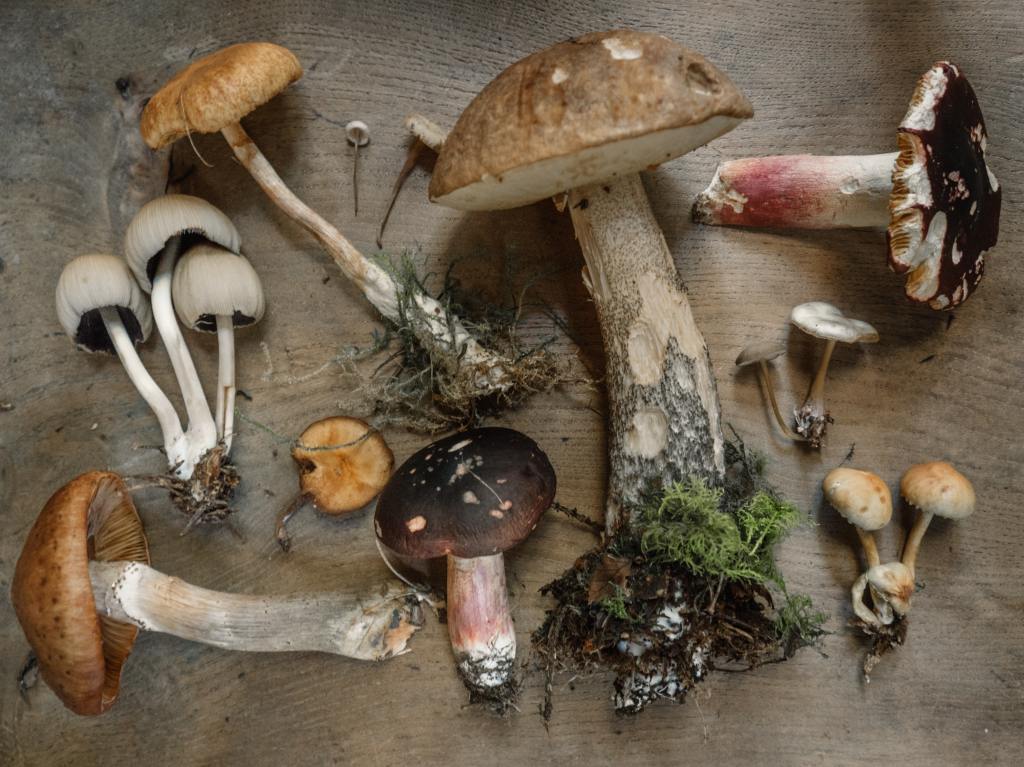
Autumn is the best time for fungi hunting. Some common species you might see include fly agaric (the iconic red and white spotted toadstool), shaggy inkcap and common puffball. But there are thousands of fungi species in the UK so you never know what oddity you might find!
The woods are the best place to find a diversity of mushrooms but check your garden too. I recommend following the FUNgi guy to learn more about fungi and the species you might see.
Spotting seals
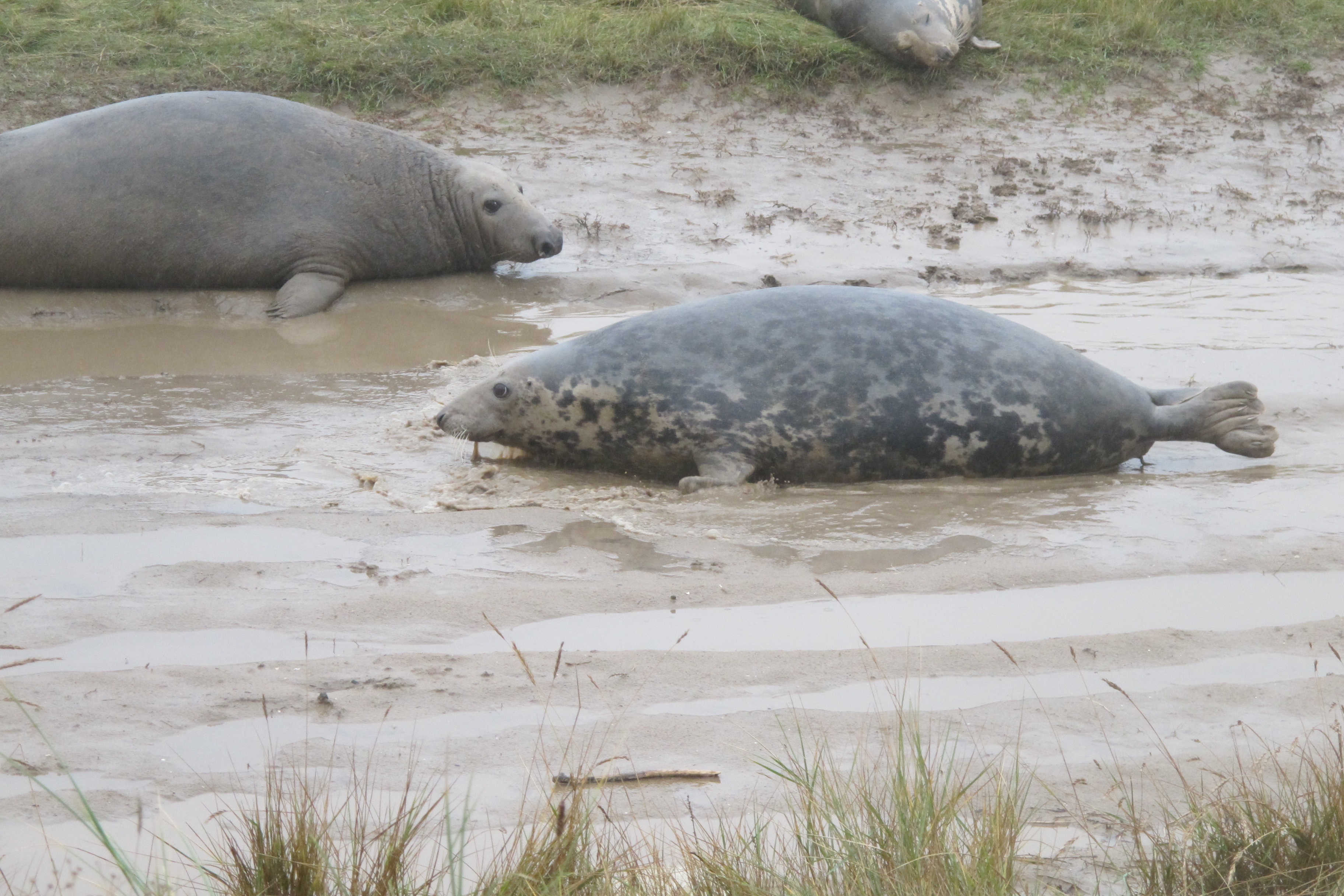
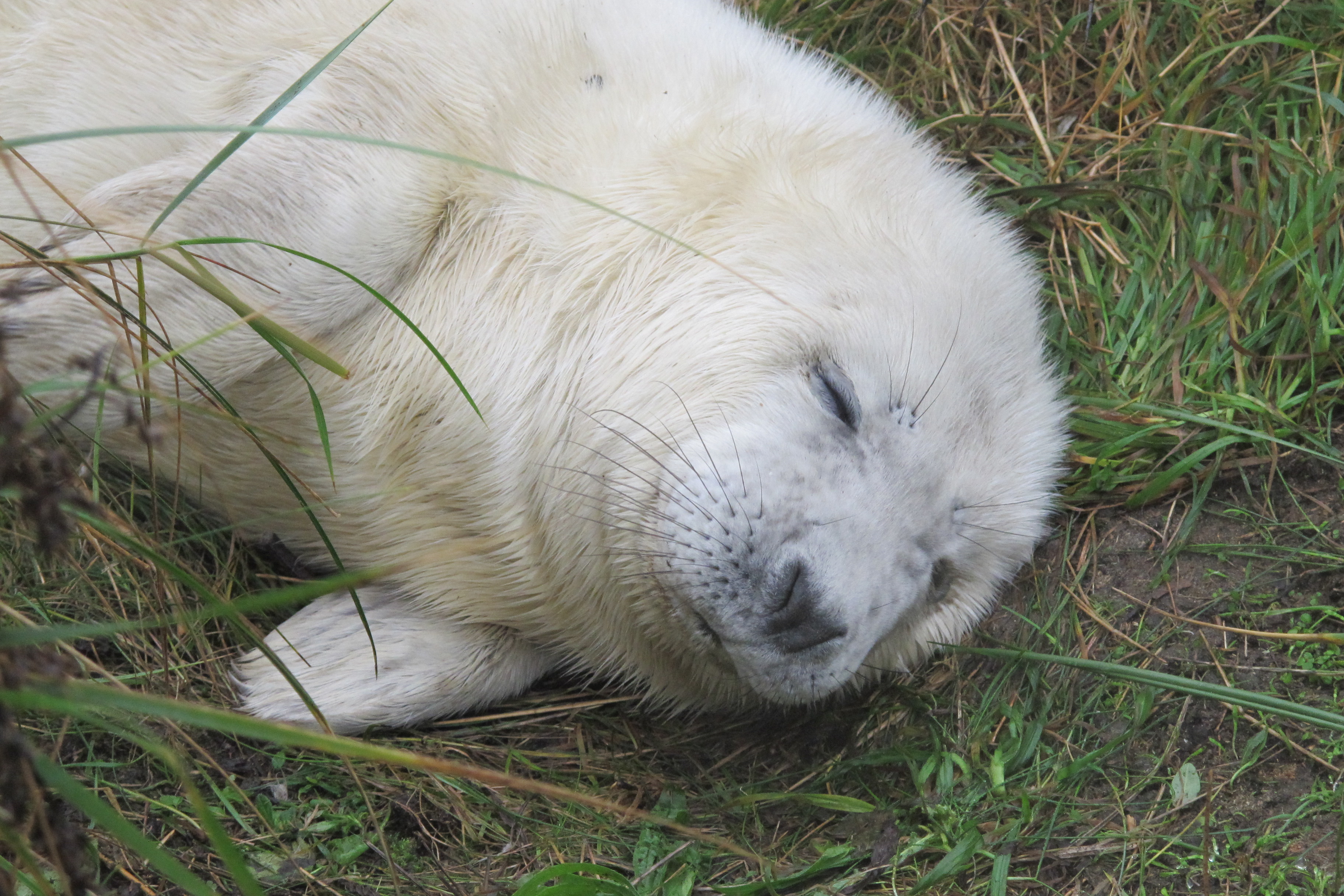
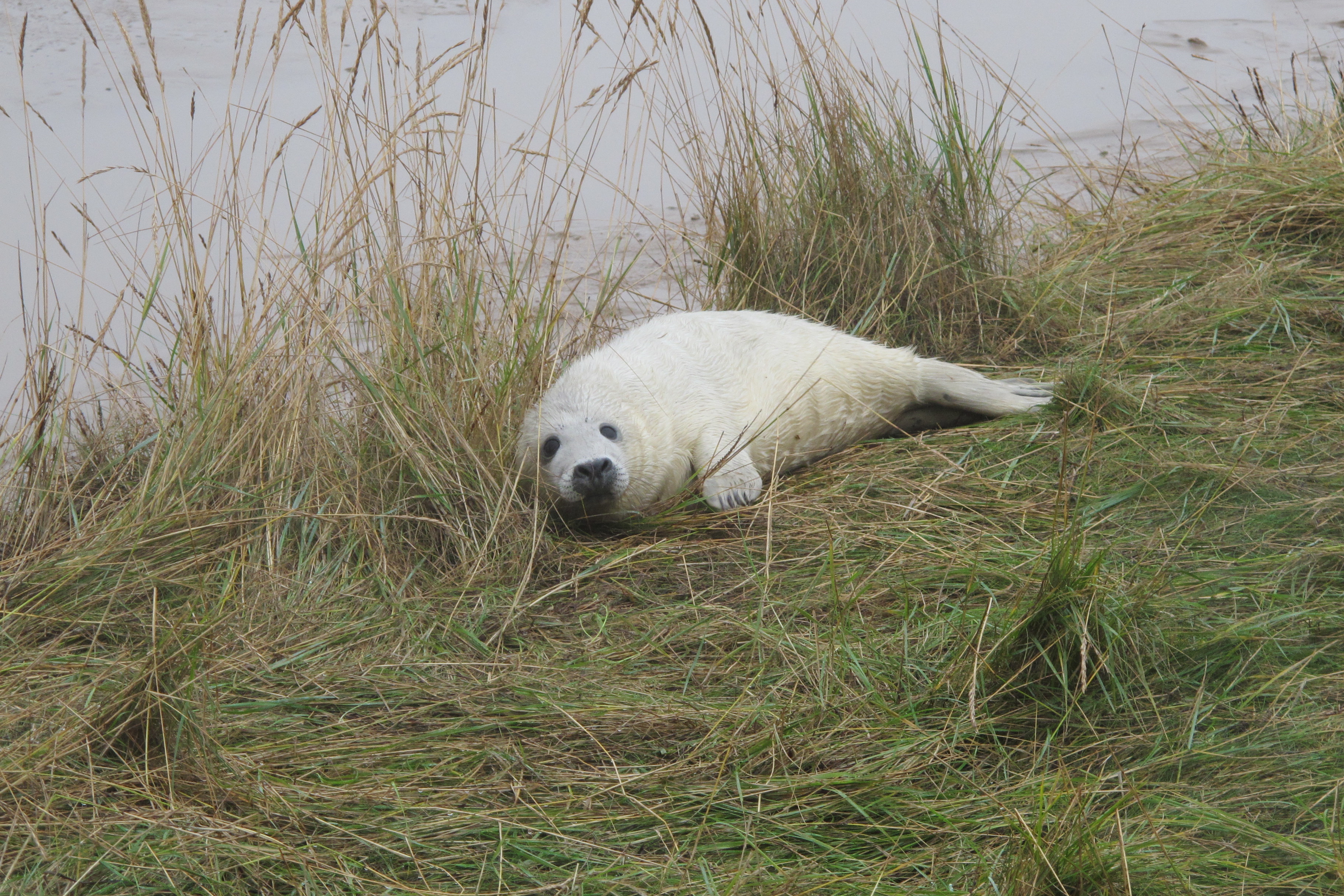
November is the time to go see grey seals and their pups in the UK. Unlike other mammals, grey seals wait until autumn to reproduce. They haul out on a few select beaches to give birth and suckle their young. After a few weeks, the mothers return to the sea leaving the pups to fend for themselves. Grey seals also mate at this time of year so bulls tend to hang around and pick fights on these beaches.
Here’s a list of some of the best places to see grey seals and their pups in the UK.
Murmurations
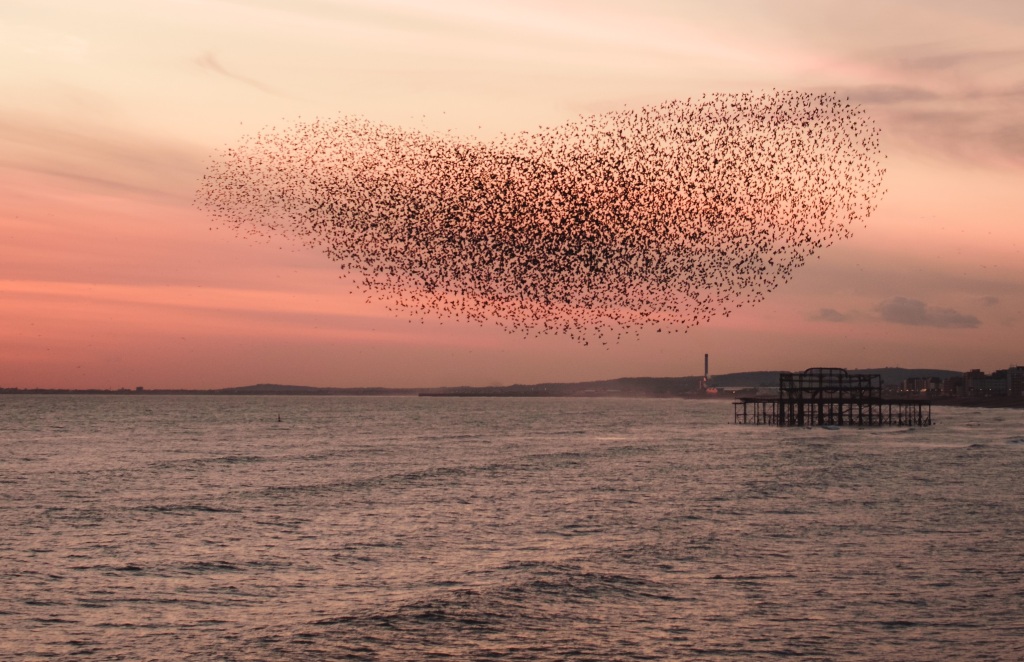
Starling murmurations are one of nature’s most epic wildlife spectacles. As winter draws near, starlings begin to gather together in huge flocks at sunset. As one they move in a complex ballet dance, sweeping, gathering, bursting and stretching into lava lamp shapes. Photos and videos simply cannot do this phenomenon justice.
Experiencing a murmuration is definitely one for the nature life list. Head to this roost map to find out where you can see starling murmurations locally.
Enjoyed this blog? You might also like:

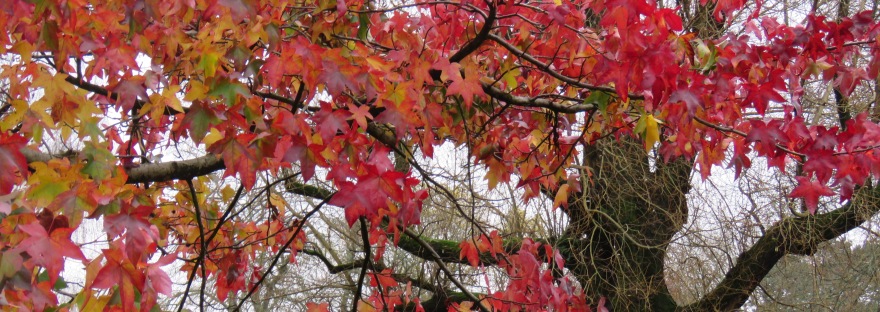
Ooooh never knew reptile hiberation was called ‘brumation’. A lovely piece all around!
LikeLiked by 3 people
Thanks 😊 yeah it’s a lovely word isn’t it?
LikeLike
Thanks for this lovely list of autumn wonders, Sally and for teaching word hibernaculum!
LikeLiked by 3 people
A lovely post for my favorite season! If you get a chance, please check out my new site that will be highlighting ethical products for people on budget. https://ethicalbargains.org/
Thanks!
J
LikeLiked by 1 person
So happy to discover your blog! I agree with Sally. You are quite the wordsmith! I’m in the US, in the very moderate south and it’s so exciting to see and read, especially about the avian and animal species “y’all” have across the pond to compare with ours. I’m new to blogging, but have one on blogspot where I can focus on nature and the beautiful things about life, as you do here. Congratulations on your beautiful blog and best of luck in the new year! Penelope Penn
LikeLiked by 1 person